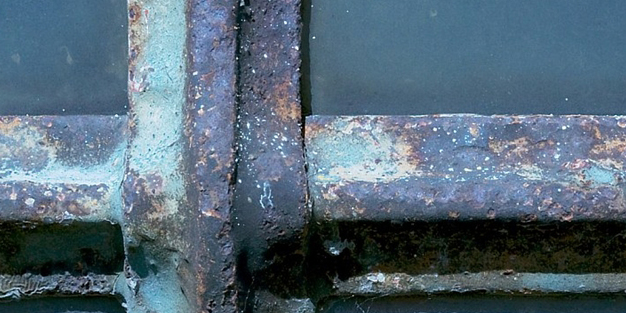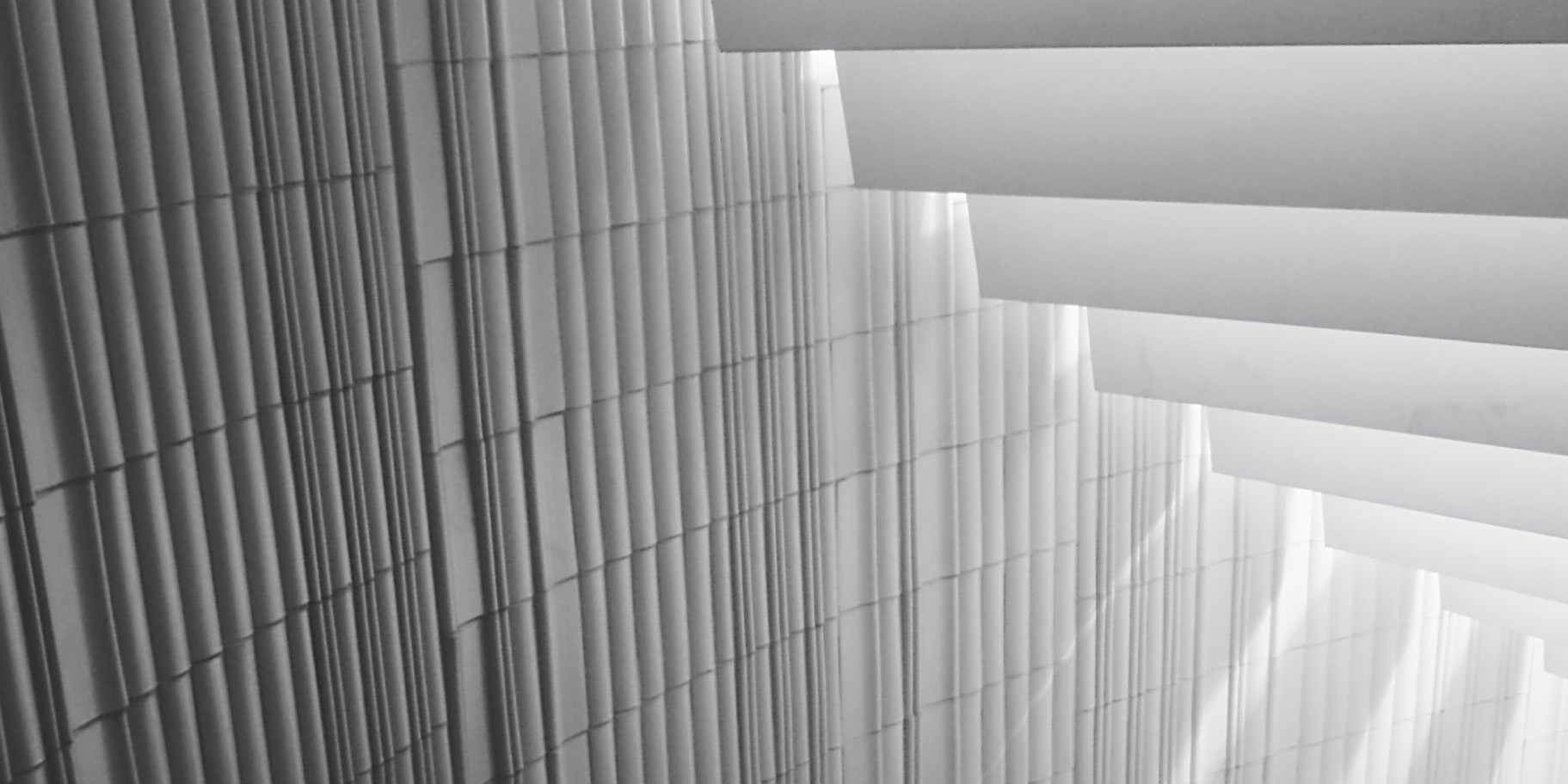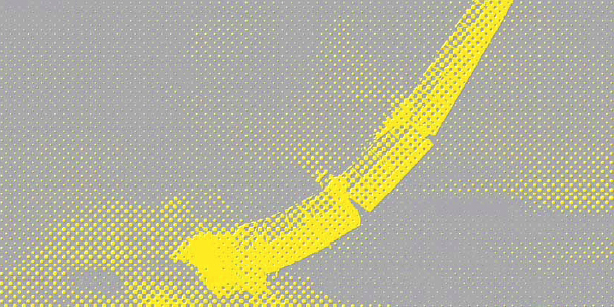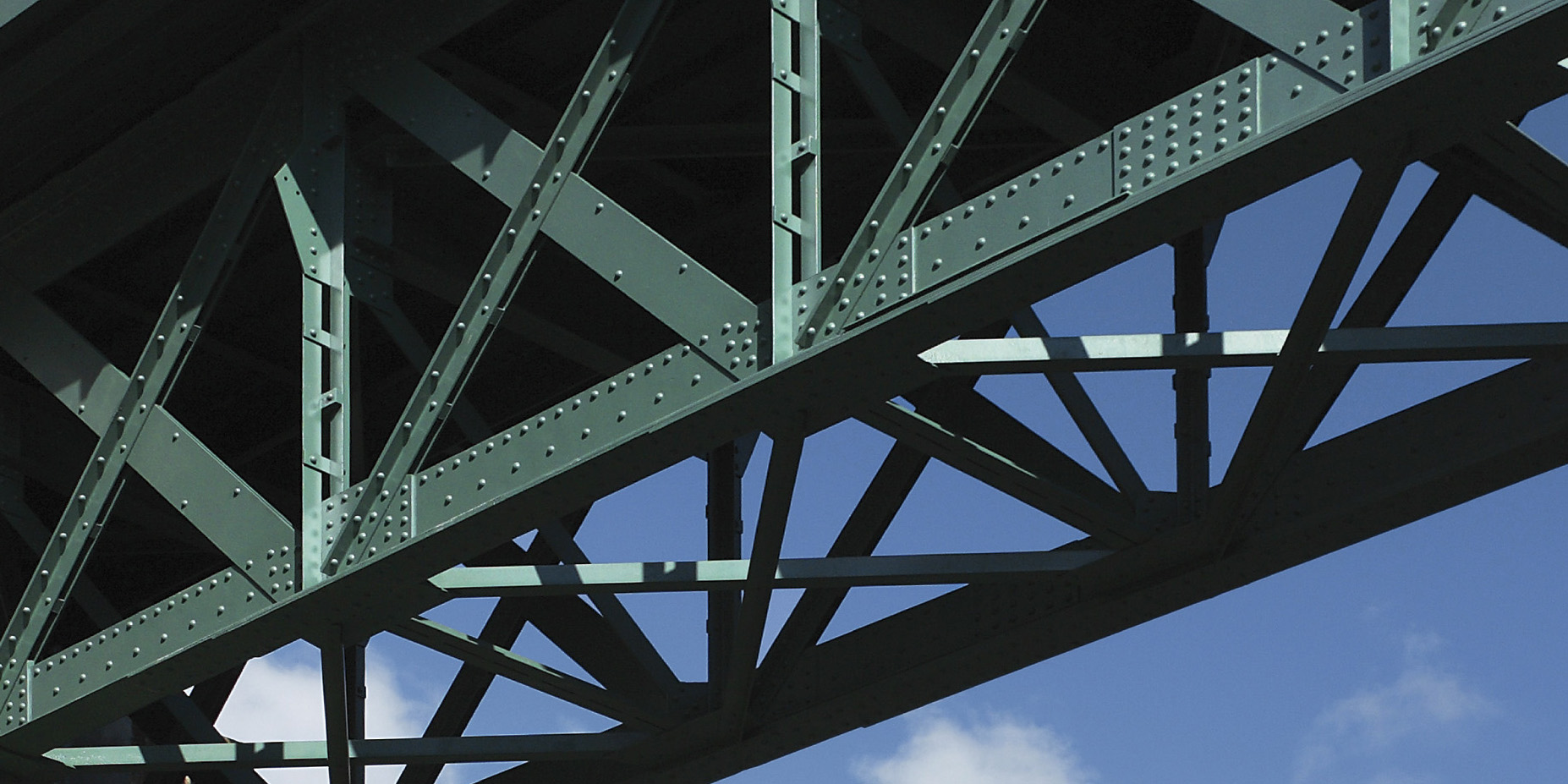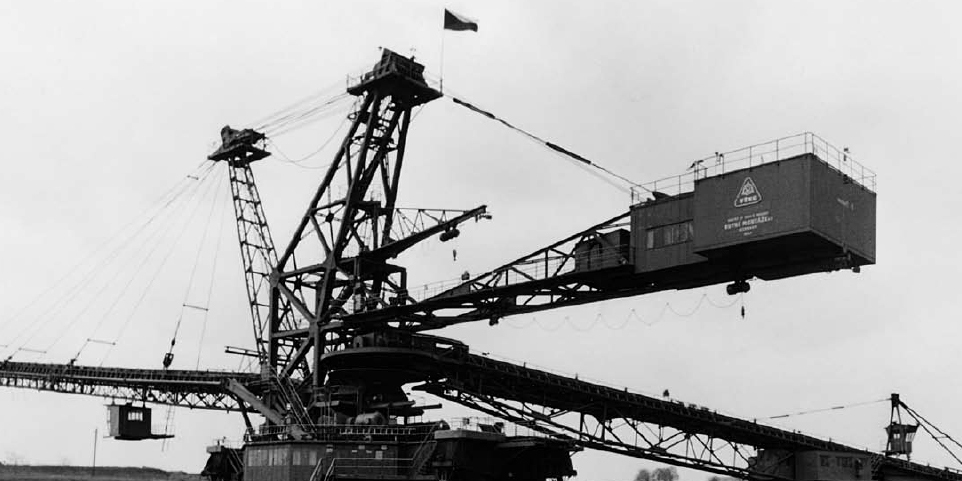Industrial Heritage in the Void between Professionals and Amateurs
The present era is in many respects a critical one, as views on the value of industrial objects and public opinion about the conservation of such objects are changing. What have we ourselves already destroyed? What will yet be destroyed by others? The hope of conservation lies in adaptive re-use. But re-use as what? As a museum, housing, or office space, or with a new production function? The contributors to this publication ask these and other questions and attempt to offer some answers and possible solutions.
The publication was prepared by Benjamin Fragner and Vladislava Valchářová in cooperation with Lukáš Beran, Jan Zikmund, and Monika Klimentová, and was published in conjunction with the Technical Monuments Committee of the Czech Chamber of Certified Engineers and Technicians and the Czech Union of Civil Engineers, the International Visegrád Fund, and the British Council.
Authors: Kateřina Bečková, Michal Bednář, Lukáš Beran, Zdeněk Dražil, Bill Ferris, Benjamin Fragner, Blažena Gehinová, Hana Geiplová, Piotr Gerber, Pavel Hamza, Sebastian Hettchen, Csaba Holló, Martin Holota, Jan Hozák, Václav Jandáček, Daniela Javorčeková, Martin J. Kadrman, Stanisław Karczmarczyk, Petr Klápště, Eva Klápšťová, Monika Klimentová, Dagmar Knotková, Kateřina Kreislová, Václav Kruliš, Alena Kubová, Diarmaid Lawlor, Petra Mašitová, Miloš Matěj, Steve Miller, Zygmunt Rawicki, Ivan Rynda, Lars Scharnholz, Milan Starec, Martin Stockley, Jiří Suchomel, Jan Šatava, Dagmar Škodová-Parmová, Dagmar Šubrtová, Norbert Tempel, Pavla Trantinová, Slávka Vieweghová, Martin Vonka and Petr Vorlík.
Benjamin Fragner – Vladislava Valchářová (edd.), Industrial Heritage in the Void between Professionals and Amateurs, Prague 2010.
220 pages; Czech/English; 129 images; ISBN 978-80-01-04521-3 / contributing editorial work Lukáš Beran, Jan Zikmund, Monika Klimentová / translation Robin Cassling, Vojtěch Nosek, Soňa Poláčková, Vladislava Valchářová, Lukáš Beran / scientific review Ivan Jakubec / graphic design Jan Forejt / published by the Research Centre for Industrial Heritage and Faculty of Architecture CTU Prague in conjunction with the Technical Monuments Committee of the Czech Chamber of Certified Engineers and Technicians and the Czech Union of Civil Engineers, the International Visegrád Fund, and the British Council
download (pdf, 6,8 MB).

